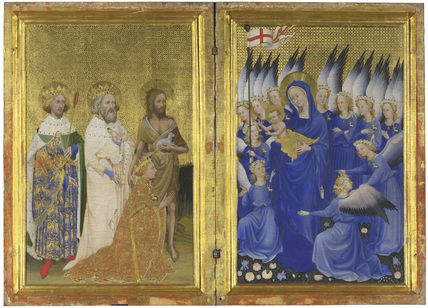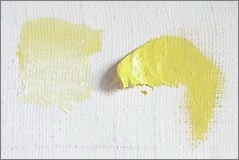Pigments are powdered forms of colour that can be suspended in various mediums and then be applied to a surface in painting. In the beginning, pigments came from nature: minerals, plants, animals. Alchemists were also able to chemically manipulate and combine different elements to create pigments not directly available from nature. Nowadays, we often use artificially manufactured pigments because they are both cheaper and safer. Many natural pigments are very toxic, and generally very expensive.
Some Common Pigments Used In The Renaissance
Red

Vermilion is a vibrant red pigment made by grinding up cinnabar, a mercury sulphide that is very toxic. Mining cinnabar was very expensive and dangerous because of its toxicity. They eventually discovered how to make a synthetic version of vermilion with alchemy.
Carmine came from carminic acid, found in cochineal bugs. They would boil the dried insects in ammonia to extract the carminic acid responsible for the red colour. Carmine is still commonly used today as a dye in many products including some foods.
Blue

Ultramarine was the most expensive blue, so painters would use it sparingly and often reserved it for the clothing of central figures, especially the Virgin Mary. It was made by grinding up the mineral lapis lazuri.
Green
Verdigris, made from copper (ii) acetate was the most commonly used green at the time. It was the most vibrant option all the way until the 19th century.
Yellow

Lead-tin Yellow was a commonly used yellow pigment during the Renaissance until it was completely replaced by Naples Yellow. It was often used alongside green and earth coloured pigments to create foliage.
Sources
http://www.visual-arts-cork.com/artist-paints/renaissance-colour-palette.htm
https://en.wikipedia.org/wiki/Vermilion
https://en.wikipedia.org/wiki/Carmine
https://en.wikipedia.org/wiki/Ultramarine
https://en.wikipedia.org/wiki/Verdigris
http://www.webexhibits.org/pigments/indiv/overview/pbsnyellow.html